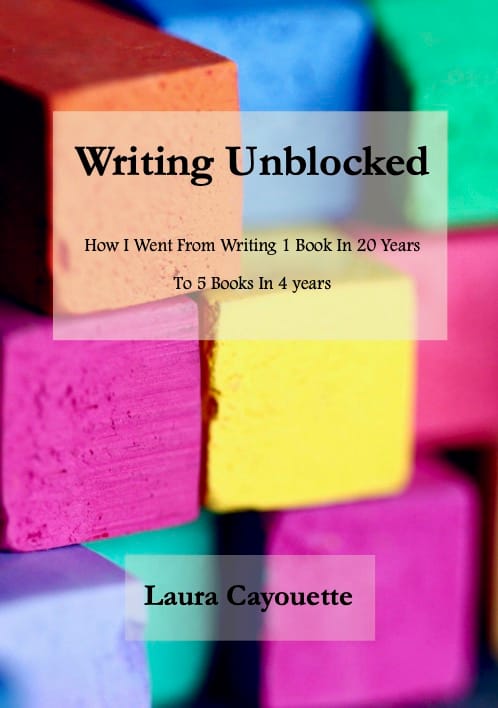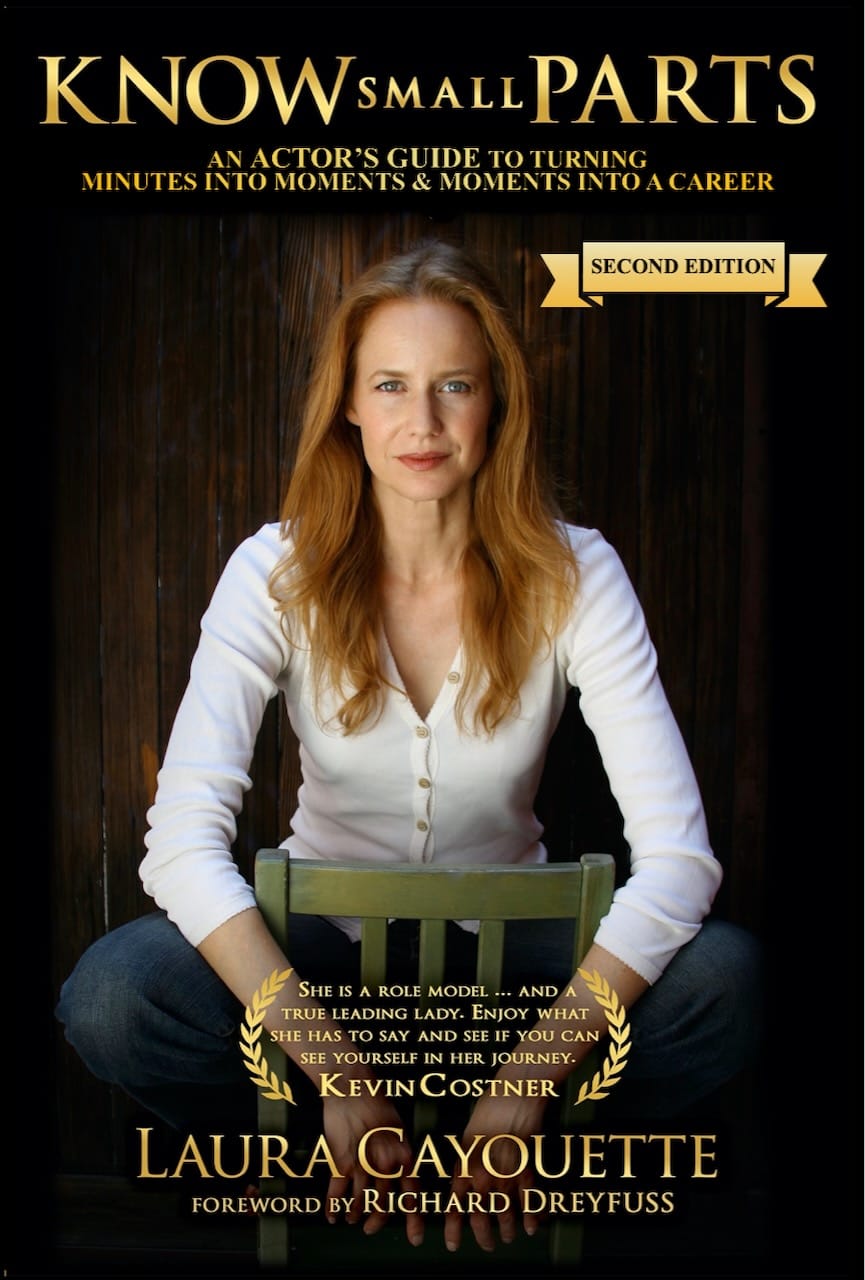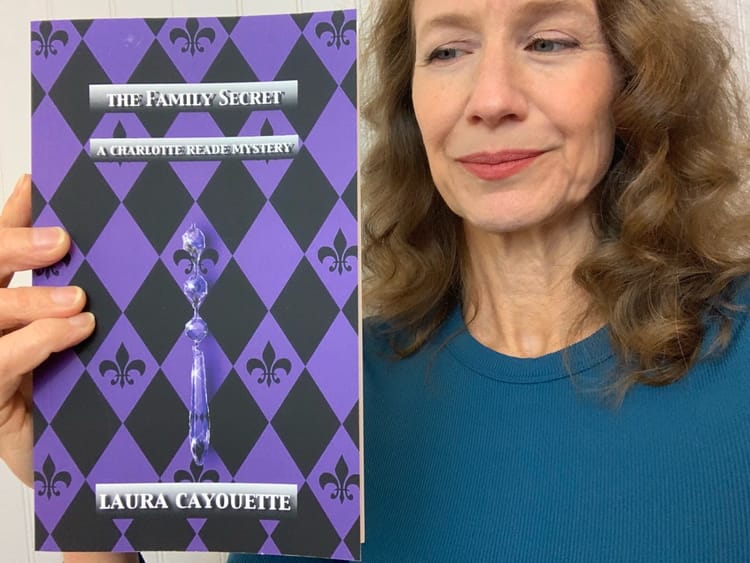How to go from idea to draft

My journey as a writer has taken me from writing 1 book in 20 years to being able to write 5 books in 4 years. My latest project, The Source, is a 2-book series that started as a script... 20 years ago. In 2008, I began the task of turning the 2005 script into a novel – then packed it in a box for my move to New Orleans. My notes, research, and drafts stayed stored until late 2022. Did I lose my touch? No, some stories just take longer to tell, and I frankly wasn't mature enough – as a person or a writer – to tackle the story in 2005.
By 2022, I'd finished my 5-book mystery series and had published 7 books. I had a method that was proven and repeatable. I wrote Writing Unblocked, my first ebook, to share what I'd learned.
Now, my massive story that spans thousands of years and centers around 4 main characters in a variety of countries, eras, and historically-based stories is finally manageable.
Get a subscription to the Writing Unblocked Newsletter and get the Writing Unblocked ebook as my gift to you!
Start with your one sentence idea
The logline is usually a sentence (or 2) that reveals the main character, their journey, and their partner and/or nemesis. This post from my Know Small Parts Newsletter, was designed to help actors decipher loglines. It features a video (originally created for writers) that breaks down loglines using examples from well-known movies.

Write your Mission Statement
Even if my logline needs work, I always write a Mission Statement – a statement of intent meant to help clarify your idea and motivate you to see it through.
I'll be honest, this was a tool I got from Writer's Bootcamp in Los Angeles and I truly resisted the idea that this tool would be useful to my process. All I can say now is – just try it. At the very least, it's a time capsule of your earliest intentions and passion for the project. The post below explains more about this critical tool.
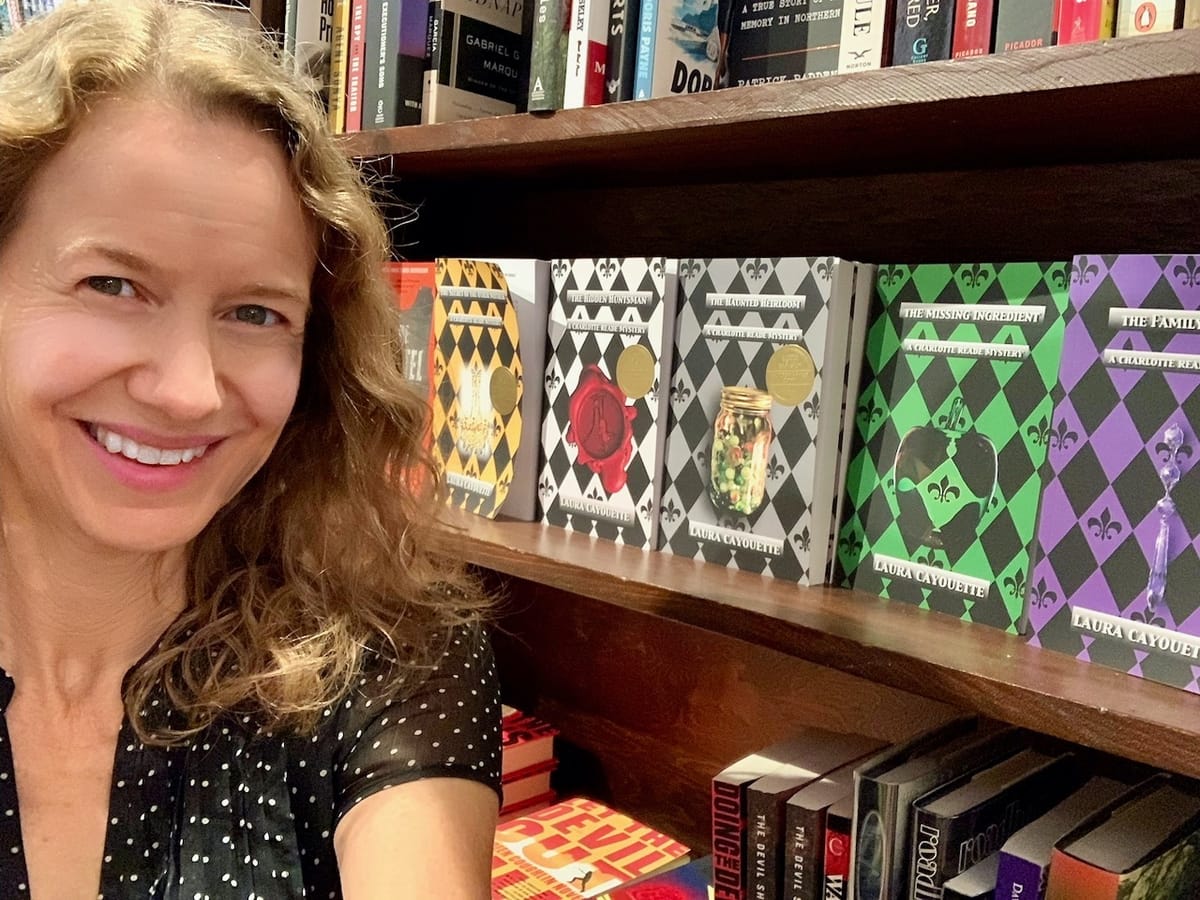
Make a giant pile
Once I've written my Mission Statement, I move on to creating a giant pile. You know more about your story than you realize. And there are holes in your story you haven't thought of yet. Creating a pile helps you grasp what characters, story points, dialogue bits, etc. you already have – and what you may still need. I've explained the process in the post below.
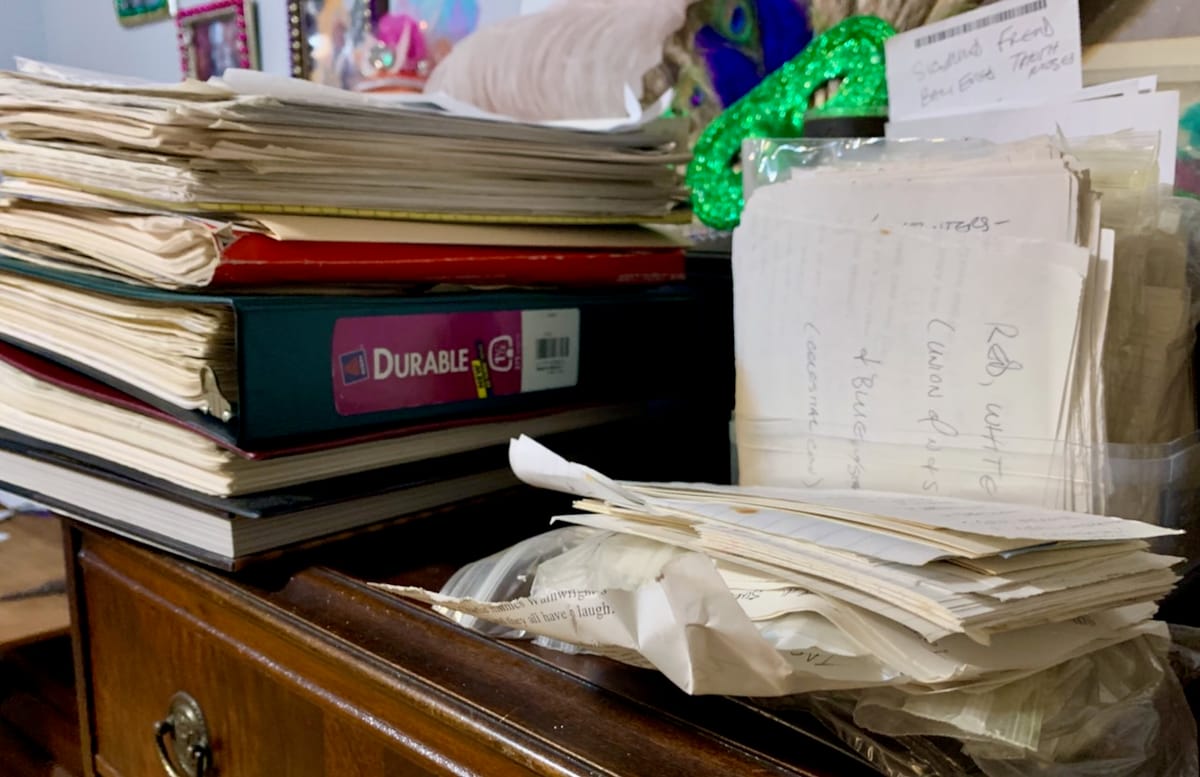
Create your moments
I haven't done a post on the process of turning your pile into a draft yet, but you can find step-by-step details in my ebook, Writing Unblocked (free with a paid subscription to this newsletter).
Get a subscription to the Writing Unblocked Newsletter and get the Writing Unblocked ebook as my gift to you!
I use index cards. Others use sticky-note apps like Miro. I started out using notes I'd written on scraps of paper, napkins, and backs of junk-mail envelopes. Whatever works for you – the idea is to create a record of all of your ideas by sorting your big pile and adding any ideas the process sparks.
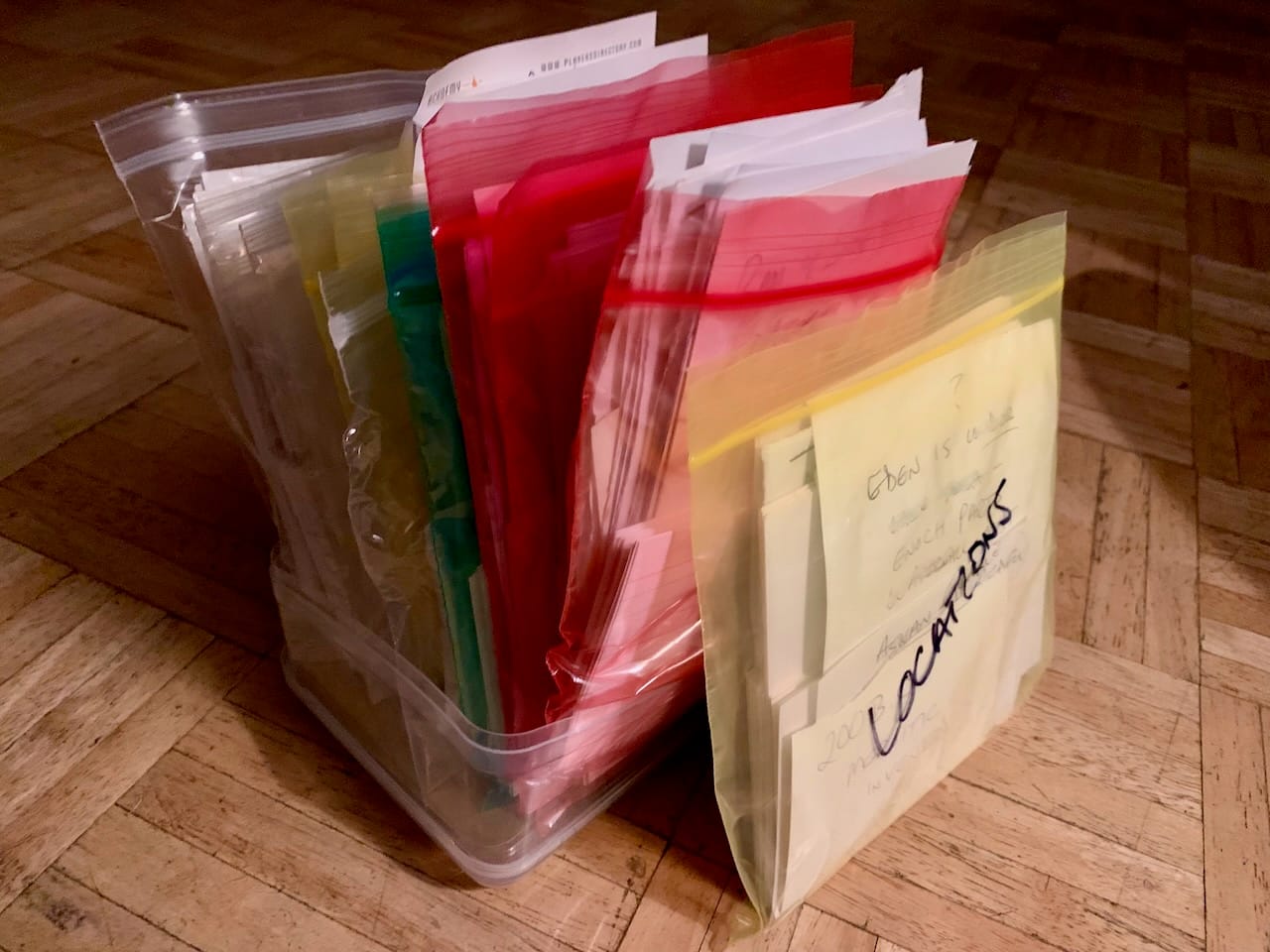
You can start by sorting into smaller piles of characters, locations, dialogue ideas, scene ideas, etc. Some people prefer to begin with creating a timeline of plot points – which is often the next step if you sorted into smaller category-based piles first – then add in character and location details.
Subscribe to the Know Small Parts Newsletter and get Chapter 2 – Breaking Down the Scene of my book as my gift to you!
When do we write the first draft?
If you followed the process in my book, you already know that you started writing your draft the minute you began work on your logline. The logline was a map – a clearly stated direction for your characters and their story.
As you created your pile, you were already brainstorming ideas for story and characters. Whether you sorted the pile into categories or began building a timeline right away, you were building your understanding of your characters and their journey. You were basically writing in your head – while creating an outline of your story's structure.
The Enough Draft
While building the timeline, you may have already begun finding natural breaks in the rhythm of the story. Many of these natural breaks will become chapter breaks so I organize them that way.
